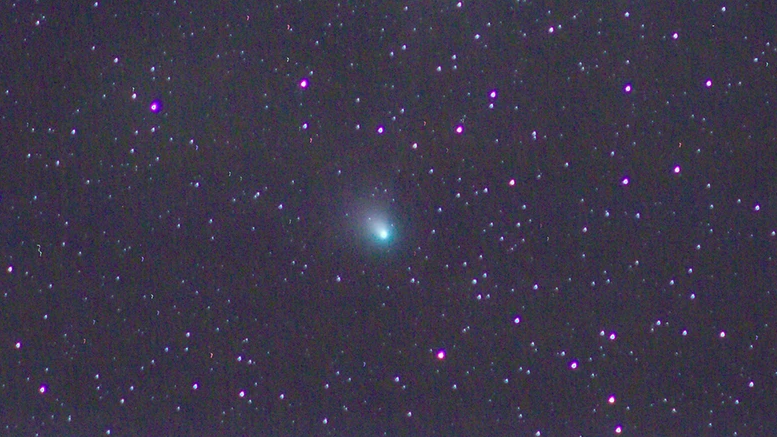The comet was seen 50,000 years ago approaching Earth – perhaps for the last time
2 min read
a Comet C / 2022 E3 (ZTF) It will come closest to the Sun on January 12th, to come as close as possible to Earth in early February, when it can reach 6th degree, and become visible to us through a pair of binoculars. The problem is that we won’t be able to see it in the southern hemisphere.
Discovered in March 2022, C/2022 E3 (ZTF) at that time had apparent magnitude 17.3 (much lighter than the current magnitude 6), at about 4.3 AU (640 million km) from the Sun.
After the discoveries, astronomers thought the object was an asteroid, but it didn’t take long for them to realize the coma (a type of cloud of dust and gas that appears around a comet as it approaches the sun) is very dense.
The most amazing thing about C/2022 E3 (ZTF) is that the last time it walked in our area was 50,000 years ago, in the Upper Paleolithic. This is when our ancestors began to organize themselves into the first settlements.
This delay in returning to the inner solar system is due to the fact that this object comes from the mysterious Oort Cloud – a very wide and very distant region, in the farthest reaches of the solar system, far beyond the Kuiper Belt.
To get an idea of \u200b\u200bthe distance of the Oort Cloud, the Voyager 1 probe, 45 years into the mission, reached interstellar space, but it would take 300 years before reaching the inner edge of the cloud and another 30,000 years to leave this ring of frozen rock giants.
This comet also has a very elongated orbit, and because it has met the Sun so few times, its chemistry is likely to have been nearly intact since the formation of the Solar System.
After passing the constellation Corona Boreallis, C / 2022 E3 (ZTF) began to “fly” towards Ursa Major, and in the coming days and weeks it will begin to gain speed towards the star Polaris. All these names are constellations and stars located near the northern celestial pole, that is, not visible in the southern hemisphere.
Northern observers should seize the opportunity if they want to see this Oort cloud object, since C/2022 E3 (ZTF) is not expected to return for another 50,000 years — or it may never visit our neighborhood again.
Now in February 2023, when it will be closest to Earth, the comet will be about 43 million kilometers away from us. Even the inhabitants of the northern hemisphere are unlikely to see anything amazing, but a small hazy spot if they use binoculars or home telescopes.
Source: SkyatNight

“Entrepreneur. Music enthusiast. Lifelong communicator. General coffee aficionado. Internet scholar.”

:strip_icc()/s04.video.glbimg.com/x720/11792055.jpg)

:strip_icc()/s03.video.glbimg.com/x720/11786998.jpg)



